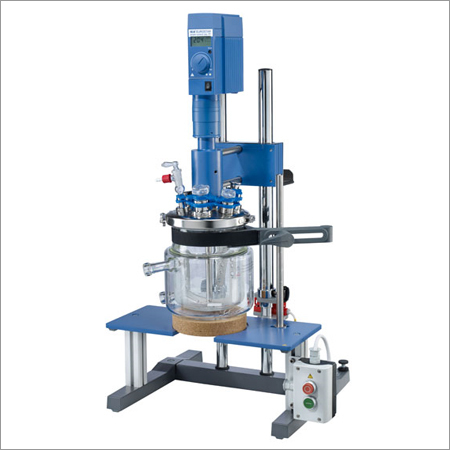
With almost scientific laboratories in very discipline, from biochemistry to pharmaceuticals, laboratory reactor is the one to be reckoned with. These reactors are available in wide selection of types, sizes and formats. There are stirring reactors, membrane rectors, high-pressure reactors, and temperature controlled reactors. Some of most popular types of the reactorsare the Calorimeters, polymerase chain reaction devices and PCR reactors.
In the stirring reactors, the canister that actually holds the chemicals used in the reactions has layers of either metal or glass, the glass usually being on the inside. The glass lining hold back any form of reaction to the lining, and make sure no contamination when sterilize and cleaned.There will be a stirring device of either a metal or a plastic paddle that is inserted from the top or bottom. This is the chemical mixer. The layers may have sandwiched in between a coolant system or heating elements to control the temperature precisely, causing catalytic reaction to occur. Moreover, the sensors are mounted throughout this system for exact calibration and instrumentation.
Membrane reactors are very popular in pharmaceuticals due to their specific purification reactions. These reactors used a semi-to-specific permeation to let only certain molecules to pass through. This provides for precise measurement and volume during the reaction process. Membrane laboratory reactors are very helpful for protein analysis and purification, and have a role in pharmaceutical developments. The can act as a filtration process due to their porosity or pore size, thickness, or material. They can also act as a catalyst, being embedded with chemicals for the reaction experiment.
Another type of laboratory reactor is the Temperature-controlled laboratory reactor. These are particular in that they can be programmed to keep a certain temperature or temperatures during the mixing or reaction process. They are important to the purification by crystallization method, as crystals are fragile at certain temperatures, and can precipitate at specific temperatures. The jacket around the reaction core, or canister, can have liquid nitrogen, for example, flowing around the chamber. They can also be used as warming solution pumped through this jacket at any given time. Temperatures can be changed in an instant, giving the laboratory scientists a wide range of reactions.
PCR, or polymerase chain reaction, laboratory reactors are very crucial especially for the study of DNA, RNA, and the identification of said molecules. PCR has been used in not only the biosciences, but also the biomedical and forensic disciplines as well. They are tried and tested to be vital to various scientific fieldsand they will only be developed continuously for better performance and range.
Benefits of Laboratory Reactors

